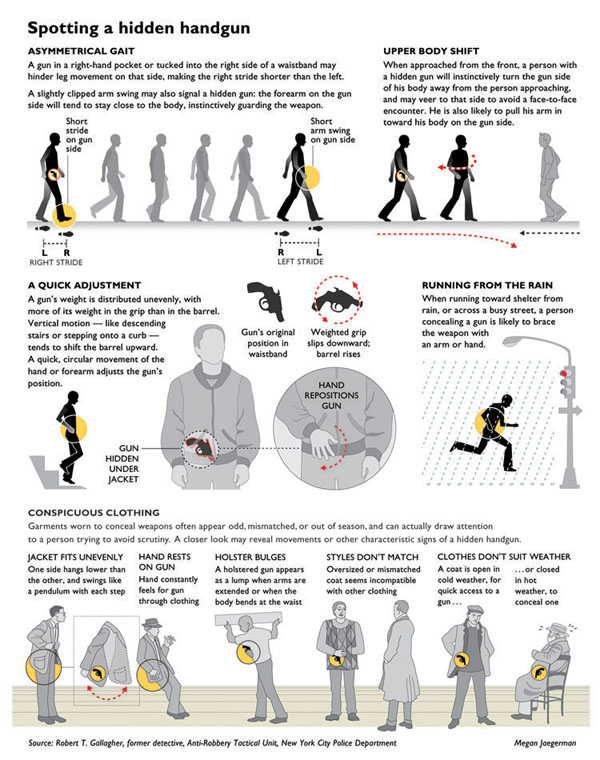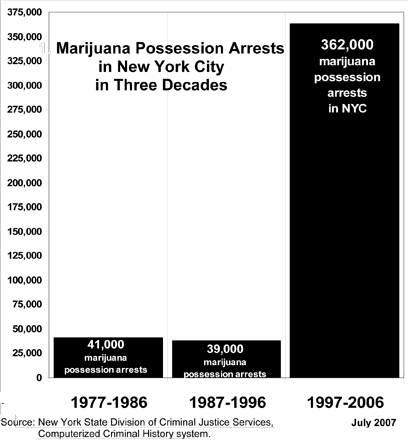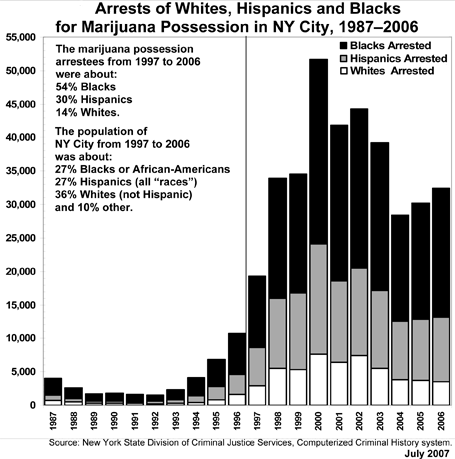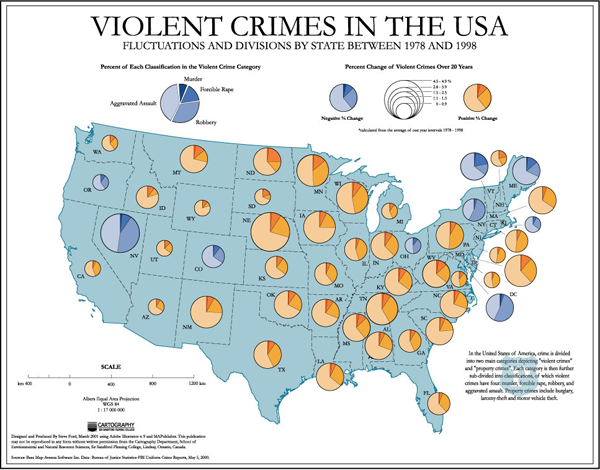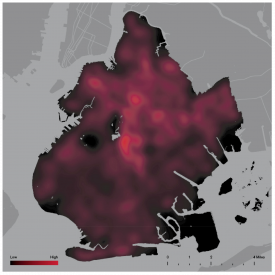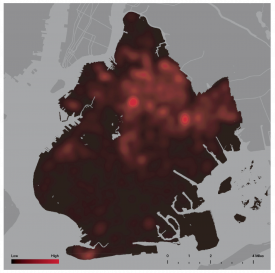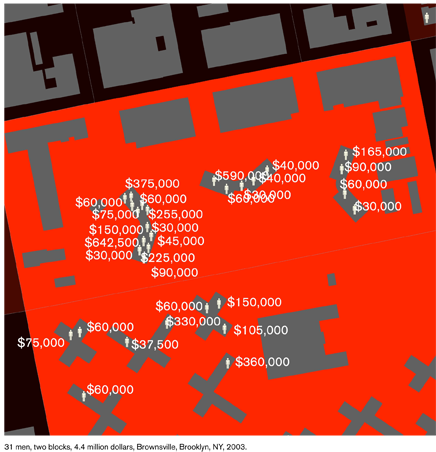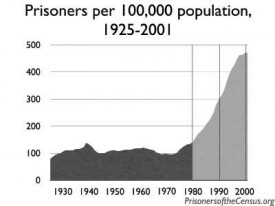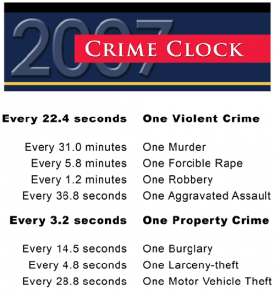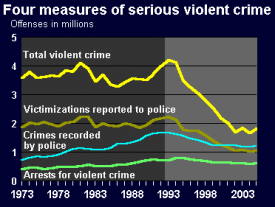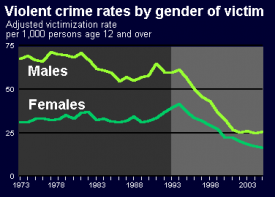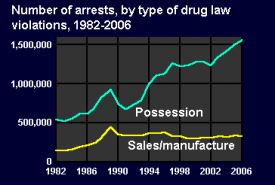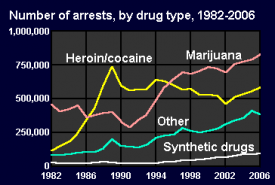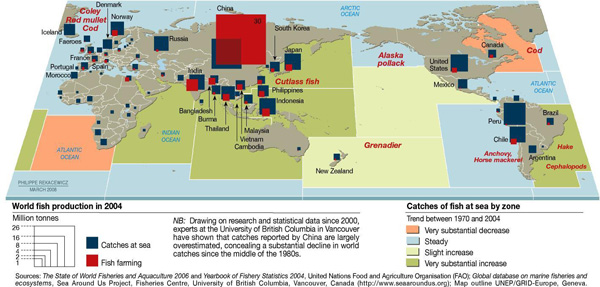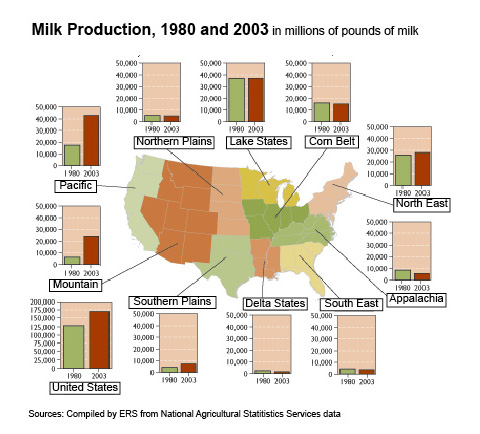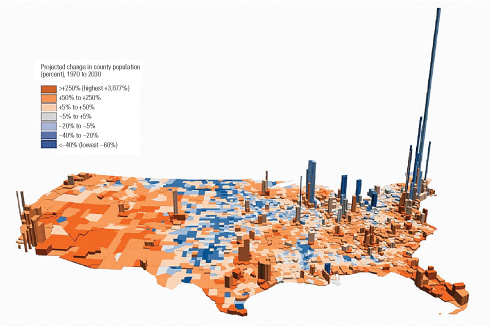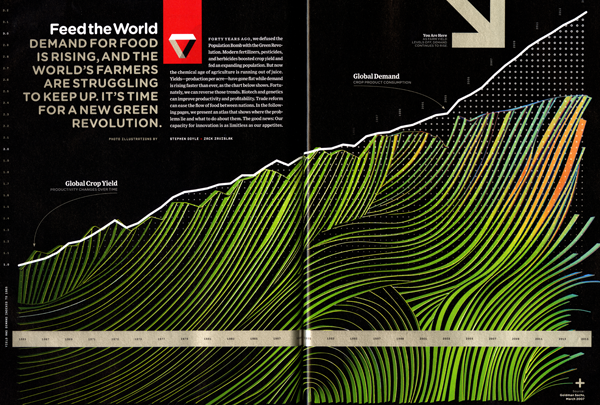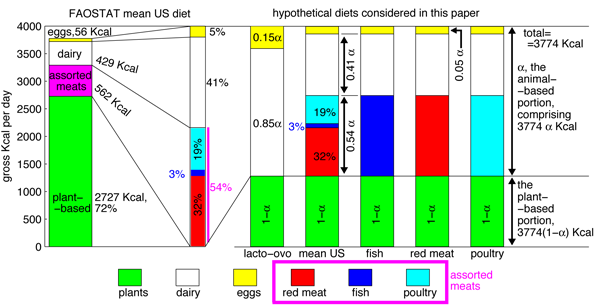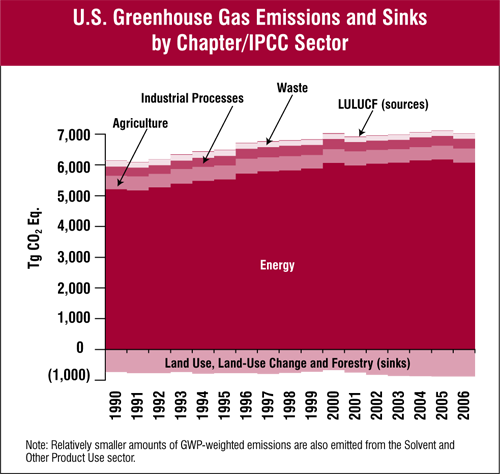The Story From Across the Pond
There are so many stories that get played out on the legal stage and the stakes are highest when death is involved. I found two graphics each of which attempted to provided an overview of the death penalty in America. We start with the view from London (though the writer of the article was in New York while he was writing).
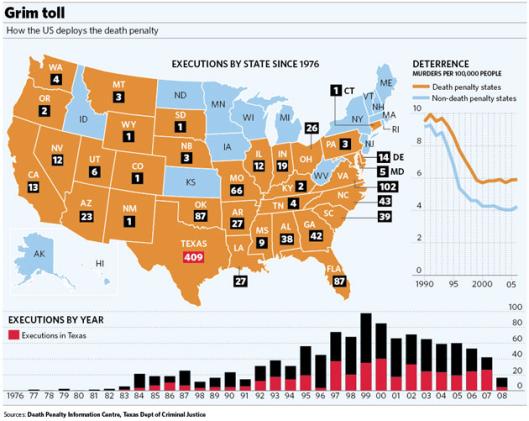
The graphic they’ve come up with over at The Independent does a great job of summarizing the story of the death penalty in the US. The best part of this graphic is the right-most graph showing that the states with the death penalty started with lower murder rates and *still* have lower murder rates than those states that have the death penalty. Murder rates in both types of states change over time, but those changes seem to be largely independent of the death penalty. Great way to show that the death penalty does not make a good deterrent.
One last notable point from this article is that the graphic seems to do a better job at representing “just the facts” than the text. From the other side of the pond, the continued use of the death penalty in the US looks, well, barbaric beyond anachronism.
From Usborne writing in The Independent: “China tops the world’s executions league table (officially it used the death penalty 470 times last year, though Amnesty International believes the true figure is far higher), followed by Iran and Saudi Arabia. Among developed industrialised nations, only the US, Japan and South Korea persist in retaining capital punishment. None of the United States’ European allies entertain it nor do its neighbours, Mexico and Canada.”
In case you aren’t accustomed to decoding dry British writing, it is most certainly not a good thing to fall into the same category as China or Iran when it comes to human rights.
The Story from the Backyard
Not to be outdone, the New York Times has also run a number of graphics about the death penalty which is a recurrent topic of popular and academic debate.
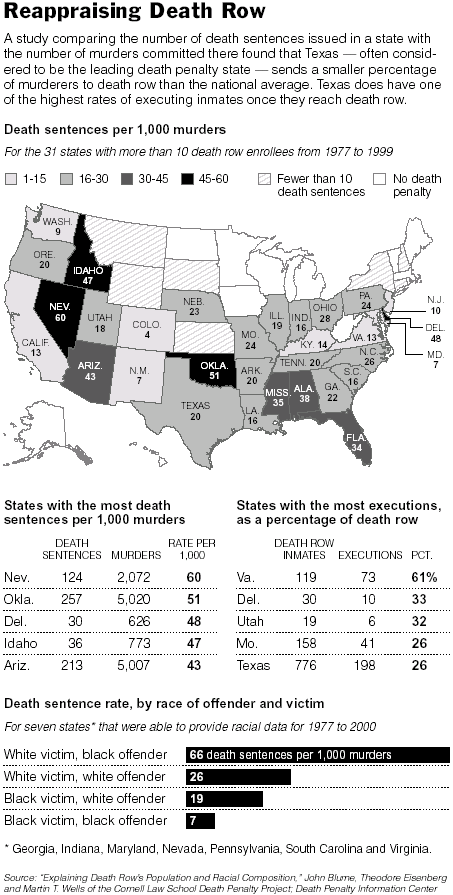
Here’s where the difference between the US depiction and the UK depiction starts to stand out. The UK added up all the executions since 1976 which tends to imply a great magnitude of death. There’s a big red 409 over Texas in their graphic and ‘just’ 20 in the NYTimes graphic, because the Times took a statistician’s more favored approach of looking at the number of death sentences per 1,000 murder convictions. This makes it easier to compare state by state data because it acts as a control for population size and murder rate. In this version, Oklahoma, Nevada, and Idaho appear to be more invested in the death penalty than Texas. Don’t mess with Texas becomes don’t mess with Nevada. (I guess what happens in Vegas really does stay in Vegas…but not in a good way).
The NYTimes graphic also looks at the sentencing rates when the race of the victims and perpetrators are the same and when they’re different. The way they’ve simply represented the facts speaks clearly to the continued machinations of racism in America. When whites are the victims, the perpetrators are more likely to be sentenced to death, especially if those perpetrators are black. Look at that part of the chart for a while then think about why the writer from The Independent has such strong negative feelings about America’s death penalty.
The Story from the US – 2003
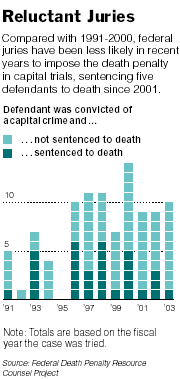
This post is not about how the general population in America feels about the death penalty – check out some of the death penalty blogs listed below for more on public opinion. I was beguiled by this next graphic because it so simply illustrated ambivalence which is not all that easy. Each block is a case, every case has to have only one outcome with respect to death sentencing, and the designer manipulated this binary to produce a picture of declining conviction. Bravo.
The article’s text offered about five competing reasons for the decline in the rate of death sentences applied, including poor representation. They ended with this one:
“Alan Vinegrad, a former United States attorney in Brooklyn, said the recent statistics represented something larger.
”It reflects that the tide is turning in this country with regard to attitudes about the death penalty,” Mr. Vinegrad said. ”There has been so much publicity about wrongfully convicted defendants on death row that people sitting on juries are reluctant to impose the ultimate sanction.” ”
Relevant Resources
About.com’s list of the Top Ten Death Penalty Blogs. Most are not big on graphics or visuals of any kind.
Amnesty International’s Human Rights Now blog which hosts their posts on the death penalty.
The Death Penalty Information Center
Liptak, Adam. (18 November 2007) Does the Death Penalty Deter Murders? in The New York Times. National Section.
–Including this, ““You have two parallel universes — economists and others,” said Franklin E. Zimring, a law professor at the University of California, Berkeley, and the author of “The Contradictions of American Capital Punishment.” Responding to the new studies, he said, “is like learning to waltz with a cloud.””
Liptak, Adam. (15 June 2003) Juries Reject Death Penalty in Nearly All Federal Trials. National Section.
Usborne, David. (7 August 2008) Why is the United States still imposing the death penalty? in The Independent.

